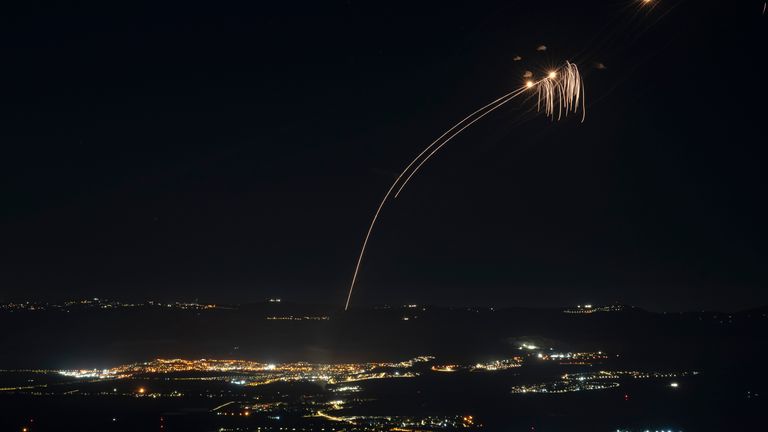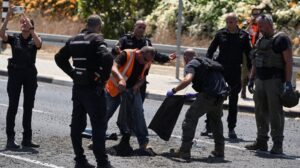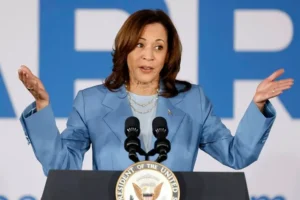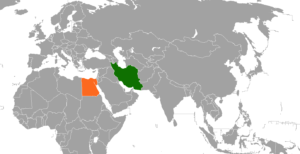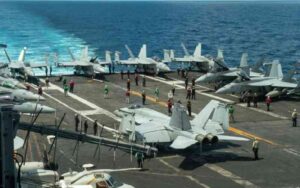In a dramatic escalation of hostilities, Hezbollah launched a barrage of 30 missiles into northern Israel last night, marking a significant response to the recent Israeli military actions that resulted in the death of a Hezbollah fighter. This attack, while serious, is not the full-scale retaliation many in the region have been anxiously anticipating. The ongoing tensions could easily tip the precarious situation into a broader conflict, as the threat of an Iranian response looms large.
Hezbollah’s Missile Attack
The missile strike from Hezbollah follows Israeli airstrikes that targeted civilian areas in southern Lebanon, raising concerns about the potential for further escalation. While the recent barrage was significant, it has not yet escalated into the major conflict that analysts fear could erupt. The situation remains volatile, with both sides on high alert and prepared for further military action.
Israeli forces have been actively engaged in Gaza, where airstrikes have reportedly killed seven Palestinians, including a woman and child, when a strike hit a tented camp within hospital grounds. This incident has drawn outrage and confusion, as many question the rationale behind targeting such sites. Eyewitness accounts recount the devastation, with one grieving mother lamenting the loss of her son, who was killed while sleeping.
Continued Airstrikes in Gaza
The Israeli military has intensified its operations in Gaza, claiming that its airstrikes are aimed at Hamas command centers. However, these operations have resulted in significant civilian casualties, with reports indicating that dozens have been killed and wounded in recent strikes, including attacks on schools. The health ministry in Gaza has reported a staggering toll, with thousands taking to the streets to demand a ceasefire and a resolution to the hostage crisis involving Hamas.
The internal dynamics within Israel are also under strain, as Prime Minister Benjamin Netanyahu faces mounting pressure from senior security officials. Reports suggest that Israel’s Defense Minister and intelligence leaders are urging Netanyahu to accept a ceasefire deal, accusing him of imposing unrealistic conditions that Hamas is unlikely to accept. This discord has raised concerns about the effectiveness of Israel’s current strategy and the potential for prolonged conflict.
U.S. Involvement and Diplomatic Efforts
The White House has expressed frustration over Netanyahu’s lack of communication regarding the assassination of Hamas leader Ismail Haniyeh, which has complicated U.S. diplomatic efforts in the region. President Biden’s recent conversations with Netanyahu have highlighted the growing rift between the two leaders, as Biden seeks to navigate the delicate balance of supporting Israel while also advocating for a ceasefire.
As tensions rise, the U.S. has bolstered its military presence in the region, deploying additional warships and fighter jets to deter potential Iranian strikes. Secretary of State Antony Blinken has warned that Iran and Hezbollah may launch attacks against Israel imminently, urging G7 allies to exert diplomatic pressure to prevent further escalation.
A Precarious Future
The situation in the Middle East remains precarious, with the potential for a larger conflict looming on the horizon. As both Hezbollah and Iran prepare for possible retaliation, the risk of miscalculation increases. The Israeli government is on high alert, assessing its military readiness and considering its options in the face of potential attacks.In the midst of this turmoil, civilian life continues in both Israel and Lebanon, albeit with a palpable sense of anxiety. Many are bracing for what may come, as the region stands on the brink of a broader war. The international community watches closely, hoping for a resolution that prioritizes peace and stability amid the chaos.
As the situation develops, it is crucial for the global community to engage in prayer and advocacy for peace in the region, seeking a path forward that protects the innocent and fosters dialogue over violence. The days ahead will be critical in determining the trajectory of this conflict and the potential for a lasting resolution.
